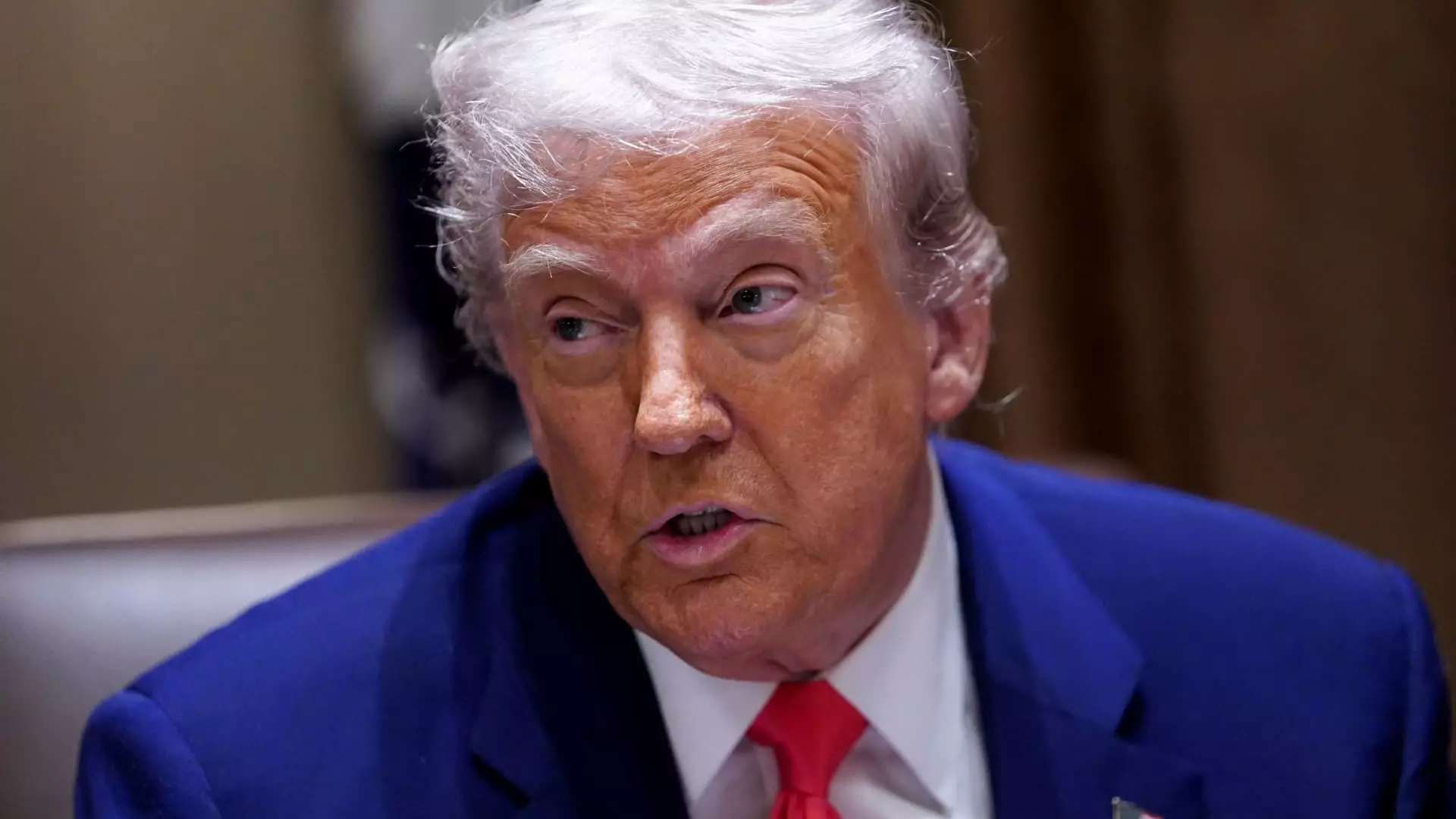In an unprecedented escalation of trade tensions, President Donald Trump’s administration has introduced a staggering 145% tariff on imports from China. This drastic measure, as noted by economist Erica York from the Tax Foundation, signals a potential end to significant trade relations with one of America’s largest trading partners. The implications of such a heavy-handed tariff could ripple through the economy, leading to unforeseen consequences for American consumers and businesses alike. It’s alarming to consider that a trade conflict driven by protectionist policies could backfire just as dramatically as it could fortify an insular economic stance.
Understanding the Economic Fallout
The economic ramifications of Trump’s tariffs extend far beyond the rhetoric. York highlighted that tariffs exceeding 100% essentially choke off trade, meaning American companies could struggle to procure essential goods from China. Businesses may have to absorb these shockingly high costs, which will likely be passed down to consumers in the form of higher prices. The realities of everyday American life may soon include skyrocketing prices for goods that we once took for granted. The idea that consumers may face limited choices and inflated prices casts a long shadow over the administration’s intentions.
The Illusion of Tax Revenue Increase
While proponents of the tariffs claim they will boost federal tax revenues, to the tune of $171.6 billion according to the Tax Foundation, one must ask at what cost? In essence, these tariffs represent the largest tax increase since 1993. Reflecting on this claim raises concerns about the fundamental impact on economic growth. Businesses burdened with high tariffs may cut back on expansion and hiring, stifling innovation and job creation. Thus, while the government may see a short-term financial windfall, the longer-term implications could spell disaster for economic vitality.
A Legacy of Protectionism: Red Flags for the Future
These tariff levels not only evoke echoes of past economic protectionism but also raise the specter of a looming trade war. As China raised its own retaliatory tariffs amidst this escalating trade conflict, the faceoff could spiral out of control. The new dynamics of trade could lead to reciprocal measures, exacerbating an already strained relationship between the two nations. The warning lights are flashing, and they suggest that a cycle of retaliatory tariffs risks damaging key industries even further.
Economic Realism Over Political Posturing
Though the political narrative may aim to paint these tariffs as a necessary measure to assert American interests, the reality is starkly different. Economically, we must focus on maintaining robust trade relationships rather than jeopardizing them with punitive measures. Simple economic principles dictate that open markets allow for competition, which ultimately benefits consumers and fosters innovation. A deviation from this path, driven by nationalistic fervor, could result in dire economic ramifications that many Americans may be unprepared to face. The stark line drawn by these tariffs serves as a painful reminder that reckless economic policies can unravel the very fabric of prosperity we strive to achieve.

